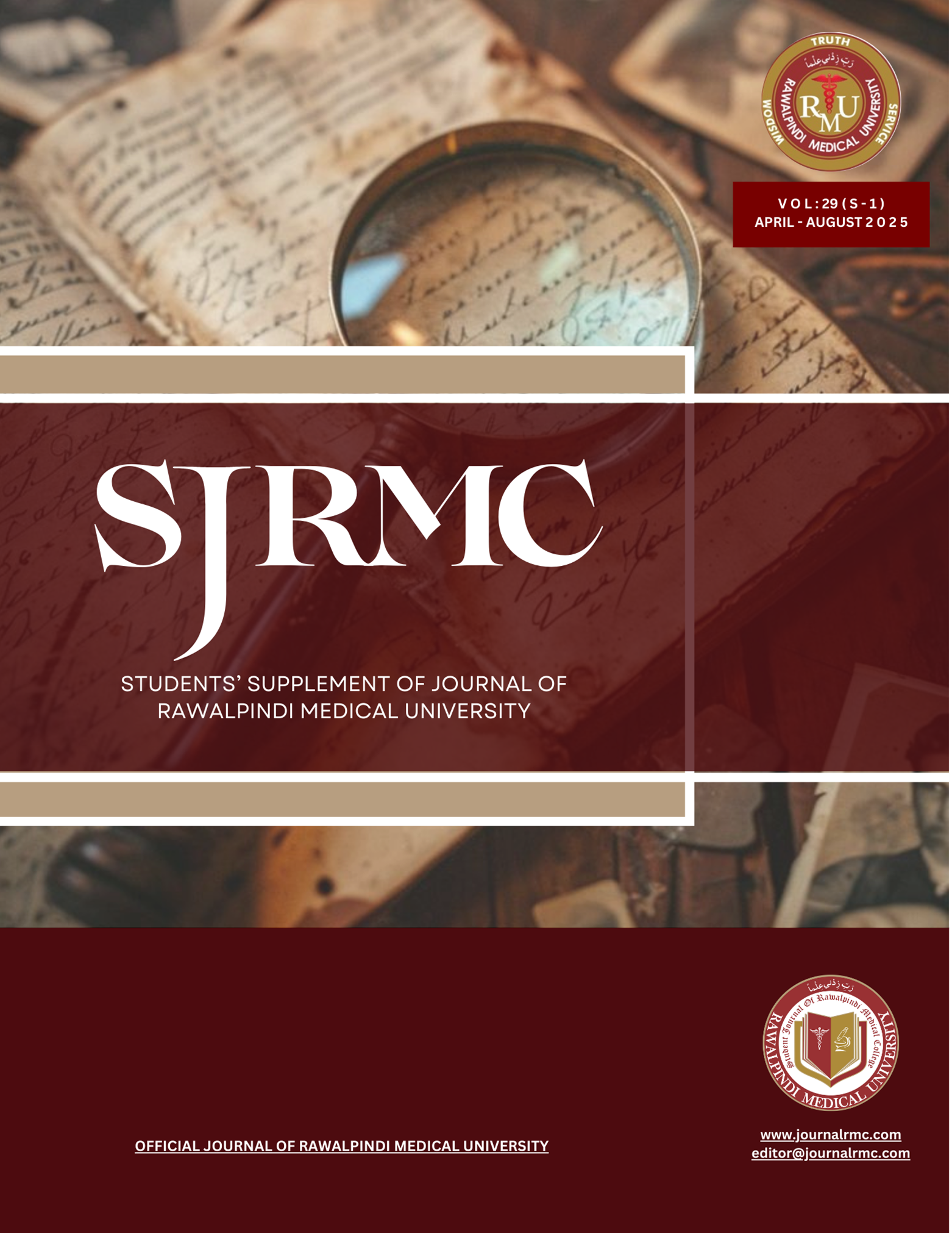Abstract
Background: Lead is a pervasive environmental toxin with severe effects on human health, particularly the liver. Through oxidative stress—an imbalance between reactive oxygen species (ROS) and antioxidant defenses—lead induces hepatocellular damage via lipid peroxidation, protein oxidation, DNA injury, and inflammation.
Objective: To evaluate the hepatoprotective effects of activated charcoal against lead-induced hepatotoxicity in albino Wistar rats.
Methods: A quasi-experimental study was conducted from February to August 2024 on 36 male albino Wistar rats, divided into three groups (n = 12 each): Group A (control), Group B (lead-acetate), and Group C (lead-acetate + activated charcoal). Blood samples and liver tissues were collected for biochemical and histological analysis.
Results: Group B showed significant increases in AST (79.31 ± 9.79 U/L), ALT (38.28 ± 2.29 U/L), ALP (209.09 ± 8.49 U/L), and bilirubin (0.98 ± 0.43 mg/dL), along with reductions in albumin (2.88 ± 0.28 g/dL) and total proteins (6.92 ± 0.22 g/dL) (p < 0.05). Group C displayed intermediate values between Groups A and B. Antioxidant enzymes—glutathione peroxidase and superoxide dismutase—were highest in Group A, lowest in Group B, and intermediate in Group C (p < 0.05). Histology revealed marked vacuolar degeneration and lymphocyte infiltration in Group B, while Group C exhibited milder changes with fewer infiltrates.
Conclusion: Activated charcoal significantly mitigates lead-induced hepatotoxicity in albino Wistar rats, demonstrated by improved biochemical markers and reduced histological damage.
Keywords: Activated Charcoal; Lead; Oxidative Stress; Lead-Acetate; Heavy Metals

